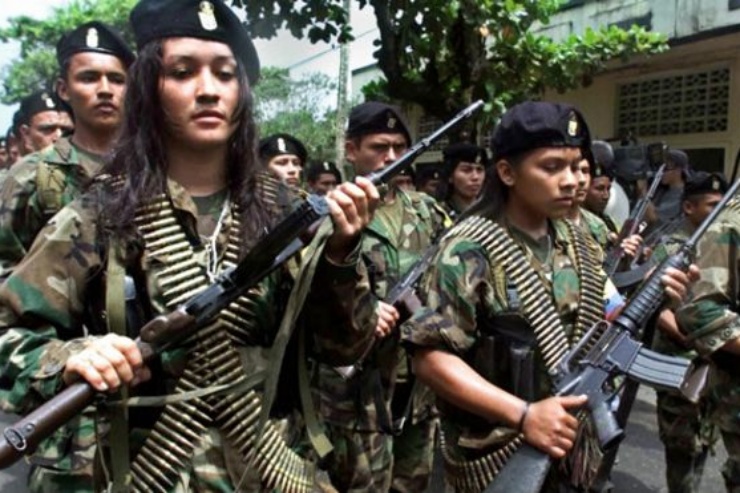
In the first year of Colombia’s Peace Accord, only 18 percent of its provisions have been complied with, according to the Observatory for Monitoring the Implementation of the Peace Accords (OIAP). The Final Peace Agreement signed between the Colombian Government and the former insurgent group Fuerzas Armadas Revolucionarias de Colombia – Ejército del Pueblo (FARC-EP) on November 24,2016 marked an important turning point in the history of the South American nation.
During 52 years of armed conflict between the Army and ex-insurgents, President Juan Manuel Santos indicated that some 8,376,463 people were affected. The Unified Register of Victims (RUV) detailed that of the total number of victims, 7,134,646 were displaced, 983,033 for homicides, 165,927 for forced disappearances and 34,814 kidnapped, among other cases.
A new scenario for all
Given these alarming figures, a four-year dialogue (2012-2016) was established in Havana (Cuba) and witnessed by victims to reach the signing of the agreement that guided Colombia towards healthy coexistence, tolerance and forgiveness.
This new proposal, following the rejection of the first document in the plebiscite of October 2, included suggestions from different social sectors, including victims of the conflict and the Church.
New political party in Colombia
Revolutionary Alternative Force of the Commonwealth (FARC) was the name chosen by the former insurgent group at its foundational Congress last September. This incursion into Colombian politics was an achievement and allows its members to run for political office through elections.
For the upcoming 2018 elections, the FARC announced that its Colombian presidential candidate will be Rodrigo Londoño Echeverri, better known as Timochenko, and presented its candidates to the Senate and House of Representatives who, as agreed with the government, will have five seats each.
Weapons Abandonment
Nearly 7,000 ex-insurgents surrendered their weapons, which had a positive impact at the national level by reducing homicide cases and saving more than 3,000 lives. In the 281 post-conflict municipalities, cases of violent deaths were reduced by 27 per cent.
Last September, the United Nations (UN) Mission disqualified some 8,994 firearms, of which 1,817 were pistols and 170 revolvers; 6,177 assault rifles, 28 precision rifles, 6 shotguns, 13 sub-machine guns and 274 machine guns, among others.